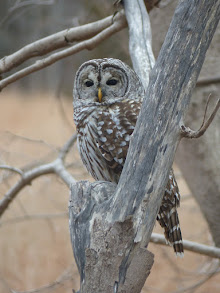Michael Leddy of Orange Crate Art has asked about the words "class card" in the Arthur Crudup recording embedded in my last post. (Some people may hear "draft card," but I don't think that's what he sings.) The entire line in which those words are found has caused problems. One version of the lyrics has the following:
Well, I got my quiet canary, my class card, tooAnother has:
My baby's wonderin', lord, now what am I to do?
Well, I got my white canary, my class card, tooIt's clear to me, however, that Crudup isn't singing about a canary, quiet or white or otherwise; the word is "questionnary," that is, "questionnaire," and that's reinforced by the fact that Crudup has another blues ("Give Me A .32-20," sometimes called "Questionnaire Blues") that opens with the following lines:
My baby's wondering Lord now what am I to do?
I've got my questionnaire, and they needs me in the warHere again Crudup distinctly adds an extra syllable to "questionnaire."
I've got my questionnaire, and they needs me in the war
Now if I feel murder, don't have to break the county law
The "questionnaire" Crudup refers to is presumably the document authorized in 1948 by President Harry Truman in Executive Order 9988. This "Classification Questionnaire" (SSS Form No. 100) was sent to potential draftees in order to determine their eligibility for concription. (There may have been earlier versions.) And Crudup's "class card" was probably the "Notice of Classification," which was one of the two "draft cards" issued by the Selective Service System, the other being a "Registration Certificate."
Sources:
Executive Order 9988—Prescribing Portions of the Selective Service Regulations
Selective Service System: Draft Cards





